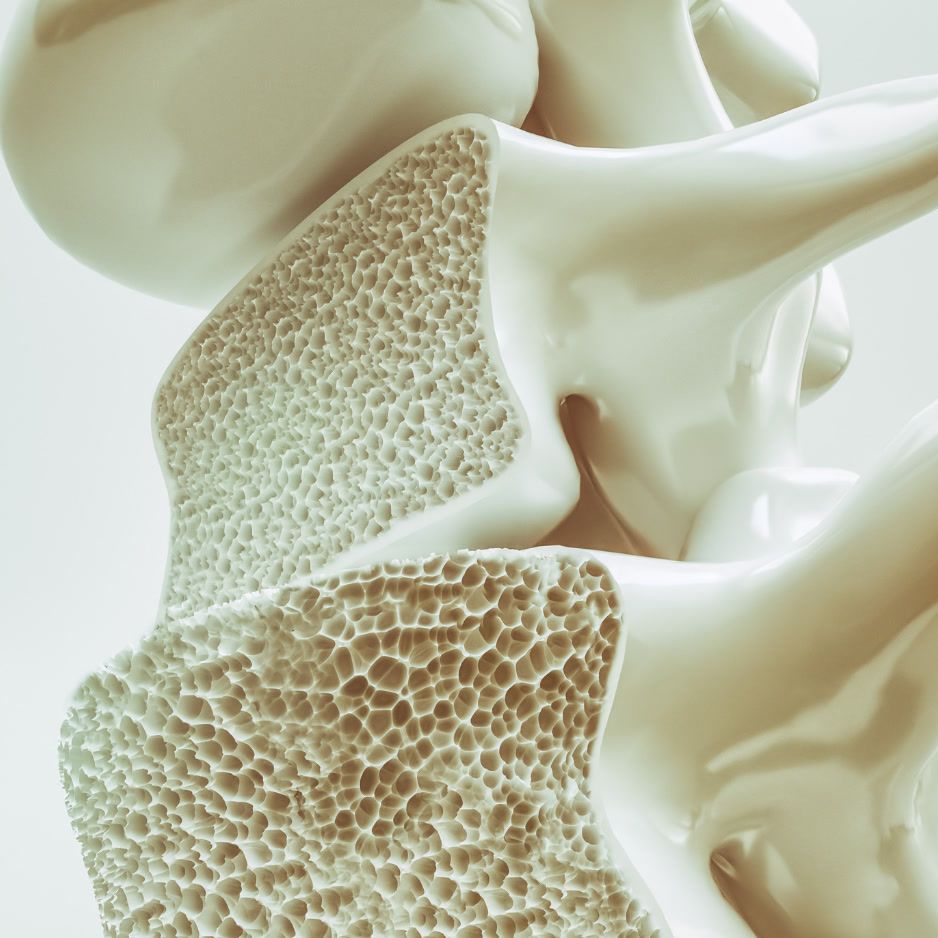How to Be Lean and Strong: A Science-Backed Blueprint

How to Be Lean and Strong: Your Science-Backed Blueprint for Muscle, Fat Loss, and Everyday Power
Why “Lean and Strong” Beats Just Being Lighter
Many popular weight-loss programs emphasize scale weight above all else. But if you lose muscle along with fat, you end up lighter and weaker.
A lean-and-strong approach preserves—and even builds—metabolically active muscle so you look visibly defined and athletic. Plus, the pay-off shows up throughout your day—from carrying groceries to playing with your kids or joining an after-work rec game.
Quick benefits:
- Higher resting metabolic rate (burn more calories at rest)
- Better insulin sensitivity and cardiometabolic health
- Strong bones and joints that resist injury
- Everyday functional strength—carry luggage overhead or sprint for the bus without feeling fatigued

Ready to discover how to be lean and strong? Let’s map out the step-by-step plan.
1. Establish Your Baseline
1.1 Get a Body Composition Scan
Body weight alone can’t tell muscle from fat. A dual-energy X-ray absorptiometry (DEXA) scan parses your body into fat mass, lean mass, and bone density—the gold standard used in research settings.
Learn why in our deep dive: Understanding DEXA Scans: The Gold Standard for Measuring Body Composition.
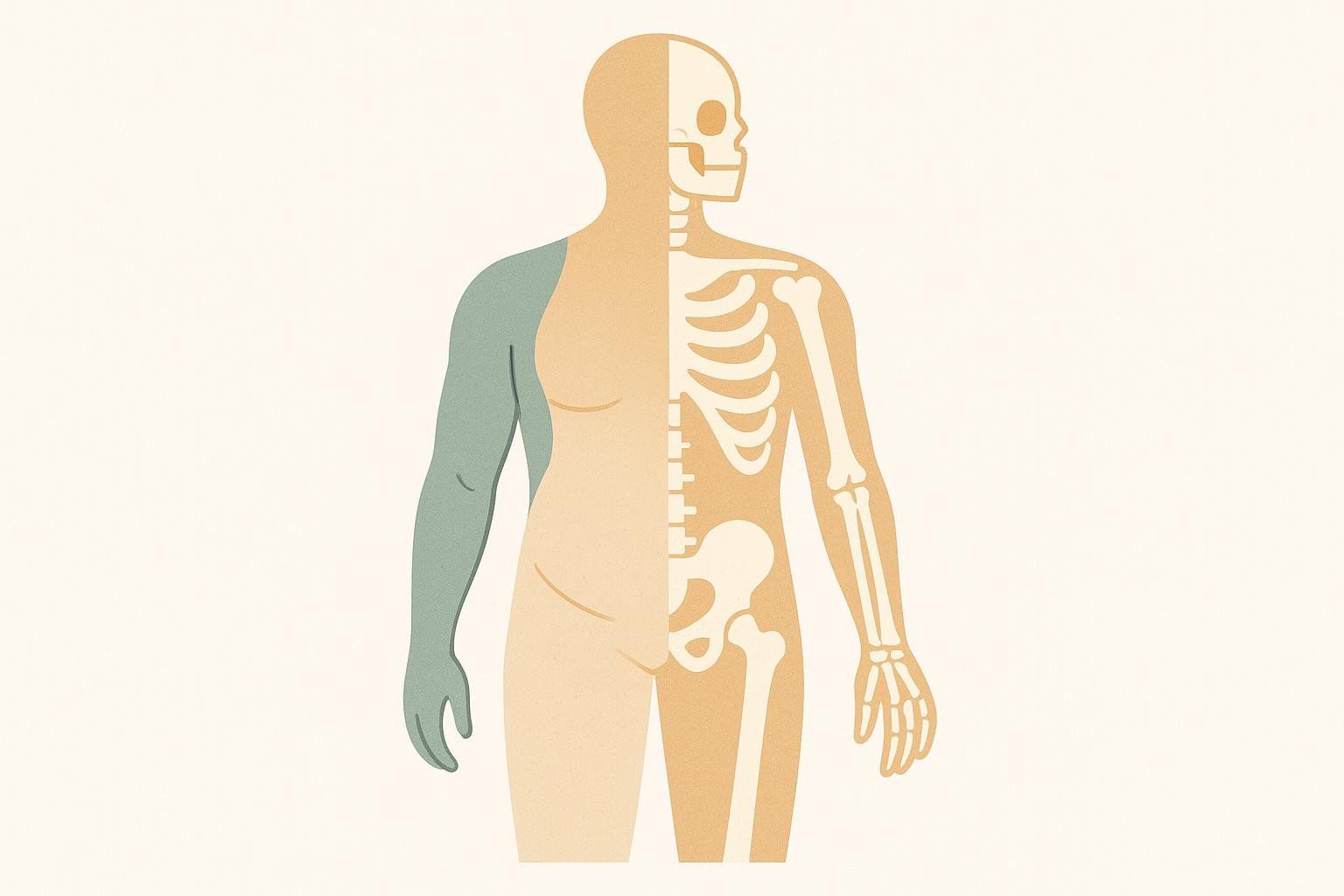
Many clients repeat a BodySpec scan every 8–12 weeks to confirm they’re adding or maintaining lean mass while dropping body fat.
1.2 Strength & Performance Benchmarks
Record simple metrics you can retest every 4–6 weeks:
| Movement | Progress Goal (example) | Why it matters |
|---|---|---|
| Push-up max reps | Aim for gradual increases (e.g., +10–25 %) | Upper-body endurance & core stability |
| 3-Rep Max Deadlift | Steadily add weight over time (e.g., +10–20 %) | Posterior-chain strength & functional power |
| Plank hold | Add 10–15 s each test until you can hold 2 min+ | Anti-extension core strength |
| 1-Mile Run | Trim your time by 5–10 % | Cardiovascular engine |
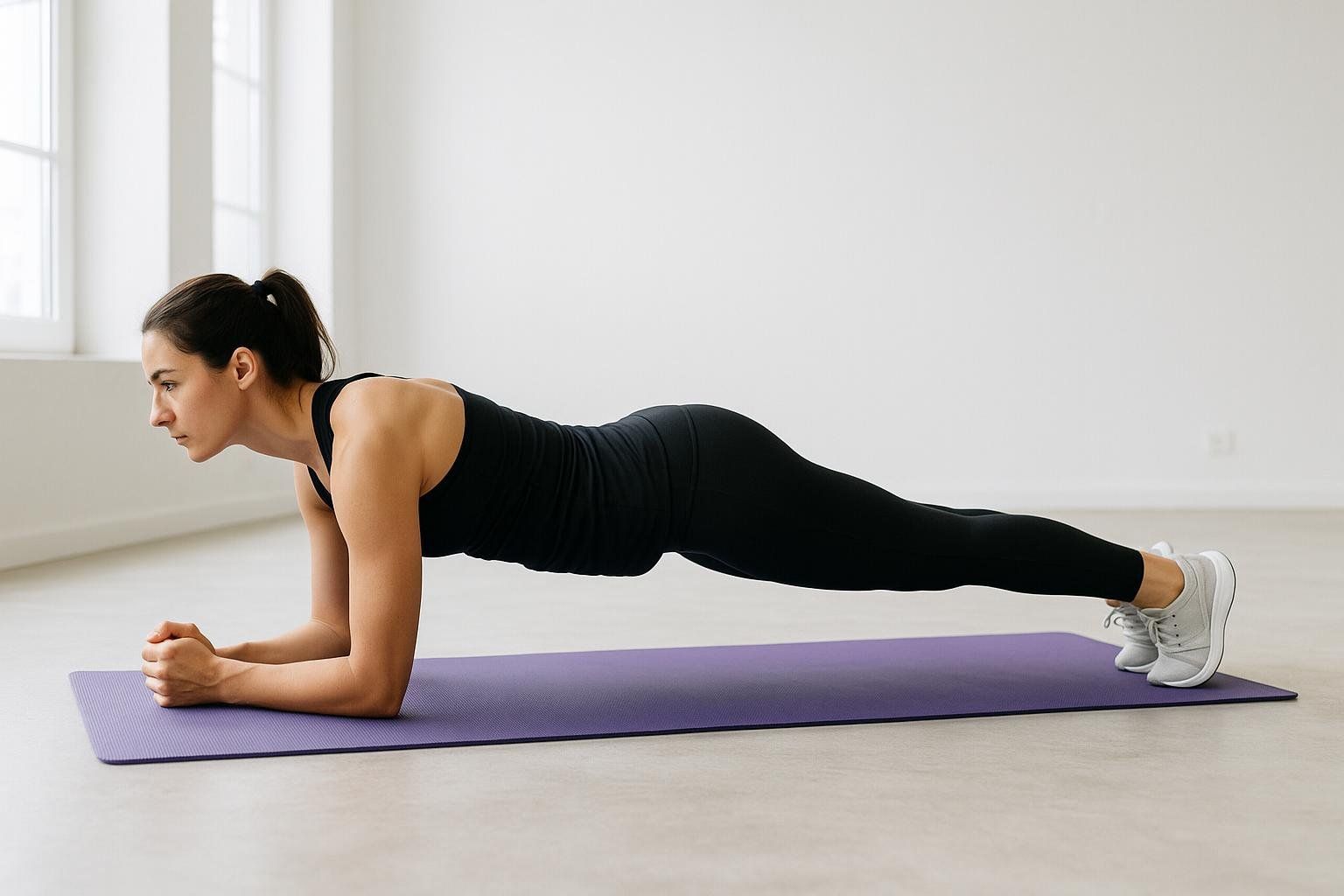
These metrics mirror everyday function more closely than scale weight.
2. Nail Your Nutrition Fundamentals
As the popular fitness saying goes, “Abs are made in the kitchen”—but strength starts there, too.

2.1 Set Your Calorie Target
A modest 300–500-calorie deficit trims fat without cannibalizing muscle. Use our Resting Calorie Burn Calculator, then multiply by an appropriate activity factor.
Common examples include:
- 1.4 – light activity (desk job, 1–2 workouts/week)
- 1.7 – moderate activity (standing job or 3–5 workouts/week)
The calculator will suggest a more tailored factor if you’re very sedentary or highly active.
2.2 Hit Your Protein “Muscle Floor”
A 2018 meta-analysis found that ~1.6 g of protein per kilogram of body weight maximized gains in fat-free mass during resistance training (Morton et al., 2018). Athletes with high training volumes may benefit from intakes toward the upper end—up to 2.2 g/kg—outlined by the ISSN protein guidelines.
| Body weight | Protein target (1.6 g/kg) | Upper range (2.2 g/kg) |
|---|---|---|
| 130 lb (59 kg) | 95 g | 130 g |
| 160 lb (73 kg) | 117 g | 161 g |
| 190 lb (86 kg) | 138 g | 189 g |
Need ideas? Browse 25 High-Protein Snacks.
2.3 Balance the Rest of Your Macros
- Carbs: 3–5 g/kg on training days to fuel performance and recovery.
- Fats: 0.7–1 g/kg keeps hormones happy.
Not sure how to track macros? See The Ultimate Guide to Tracking Macros.
3. Train Like You Mean It—But Efficiently
3.1 The 3-Phase Lean & Strong System
| Phase | Duration | Focus | Key Methods |
|---|---|---|---|
| Foundation | 2 weeks | Technique & mobility | Body-weight moves, light compound lifts |
| Strength-Hypertrophy | 8–12 weeks | Add load & muscle | 4–6-rep heavy compounds, 8–12-rep accessories |
| Conditioning | Ongoing | Maintain leanness, boost work capacity | Interval sprints, sled pushes, kettlebell complexes |
3.2 Sample Weekly Split
| Day | Session | Highlights |
|---|---|---|
| Mon | Lower-Body Strength | Squat 5×5, Romanian deadlift, walking lunges |
| Tue | Upper-Body Push/Pull | Bench 5×5, pull-ups, overhead press |
| Thu | Power & Conditioning | Power cleans 5×3, rower HIIT 6×30 s |
| Sat | Full-Body Metcon | Kettlebell swings, goblet squats, battle ropes circuit |
| Wed/Fri/Sun | Active Recovery | Mobility, light cycling, or a long walk |
Brand-new lifters can start with Strength Training for Beginners then progress.
3.3 Quick-Start Lean & Strong Workout (45-Minute Lunch-Break Session)
Pressed for time? Run through this circuit three days a week. Warm-up not included—spend 5 minutes on dynamic mobility first.
| Block | Exercise | Sets × Reps | Rest |
|---|---|---|---|
| A1 | Goblet Squat | 4 × 10 | 30 s |
| A2 | Push-Ups (elevate hands if needed) | 4 × AMRAP* | 90 s after A2 |
| B1 | Dumbbell Romanian Deadlift | 3 × 12 | 30 s |
| B2 | Bent-Over Row | 3 × 12 | 90 s after B2 |
| C | Kettlebell Swing Finisher | 5 × 20 s work / 40 s rest | — |
*AMRAP = As Many Reps As Possible with perfect form.
3.4 Progressive Overload—Your Non-Negotiable
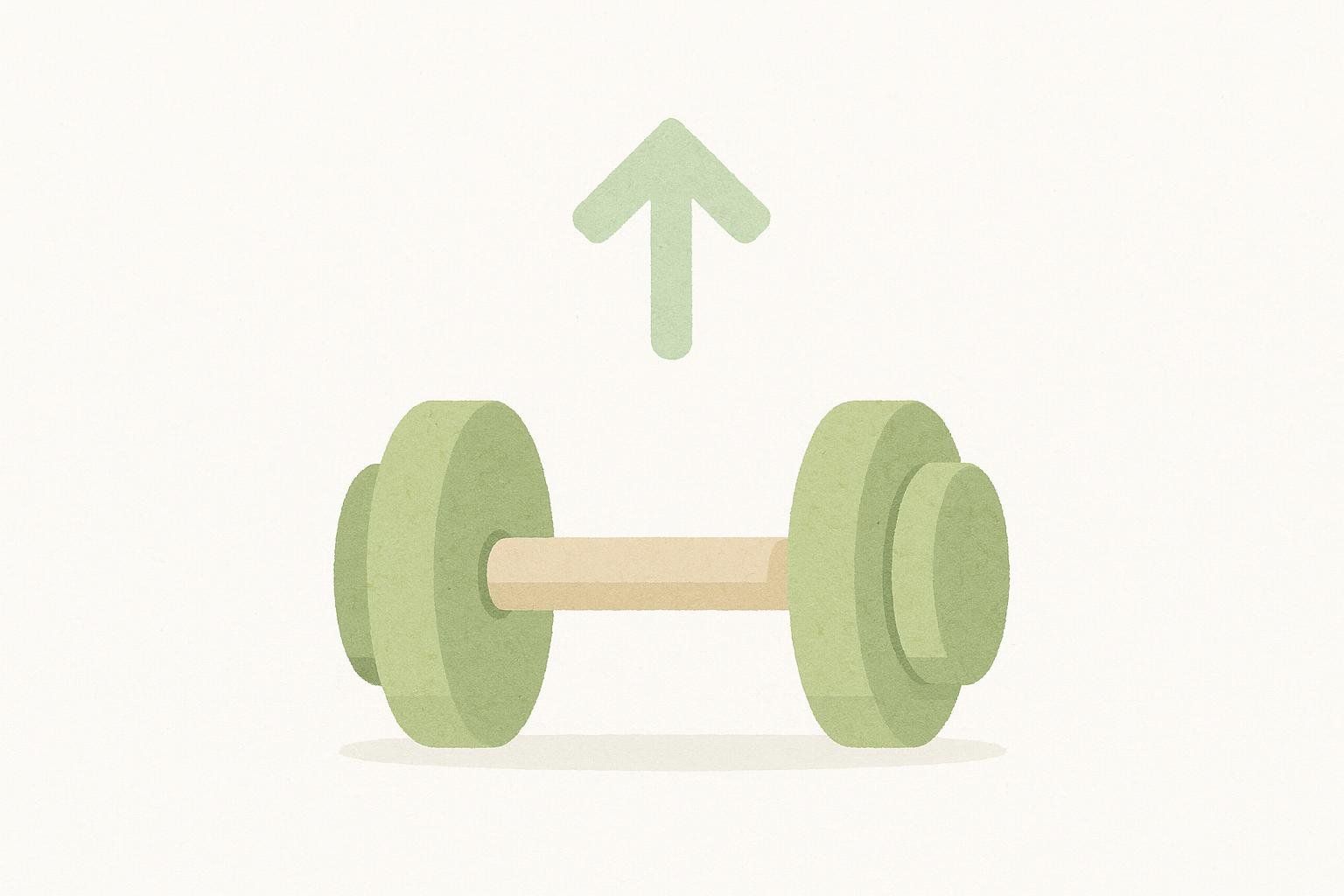
- Add 5 lb to the bar, or 1 extra rep, or an additional set.
- Keep form pristine—record yourself if needed.
- Deload 1 week every 6–8 to avoid overtraining.
4. Master Recovery & Lifestyle Levers
You don’t grow in the gym; you grow between sessions.
4.1 Sleep 7–9 Hours—Non-Negotiable
One night of total sleep deprivation can reduce muscle protein synthesis by about 18 % (Lamon et al., 2021). Prioritize consistent, quality sleep to keep recovery and hormones on point. Deep dive: The Importance of Sleep for Muscle Recovery and Weight Loss.

4.2 Stress Management
Chronic cortisol spikes make it harder to shed fat and hold muscle. Practice:
- Box breathing 5 minutes/day
- Nature walks
- Journaling or meditation apps
4.3 Active Recovery & Mobility
See: The Importance of Rest Days and Active Recovery.
5. Track, Test, Tweak: The Feedback Loop
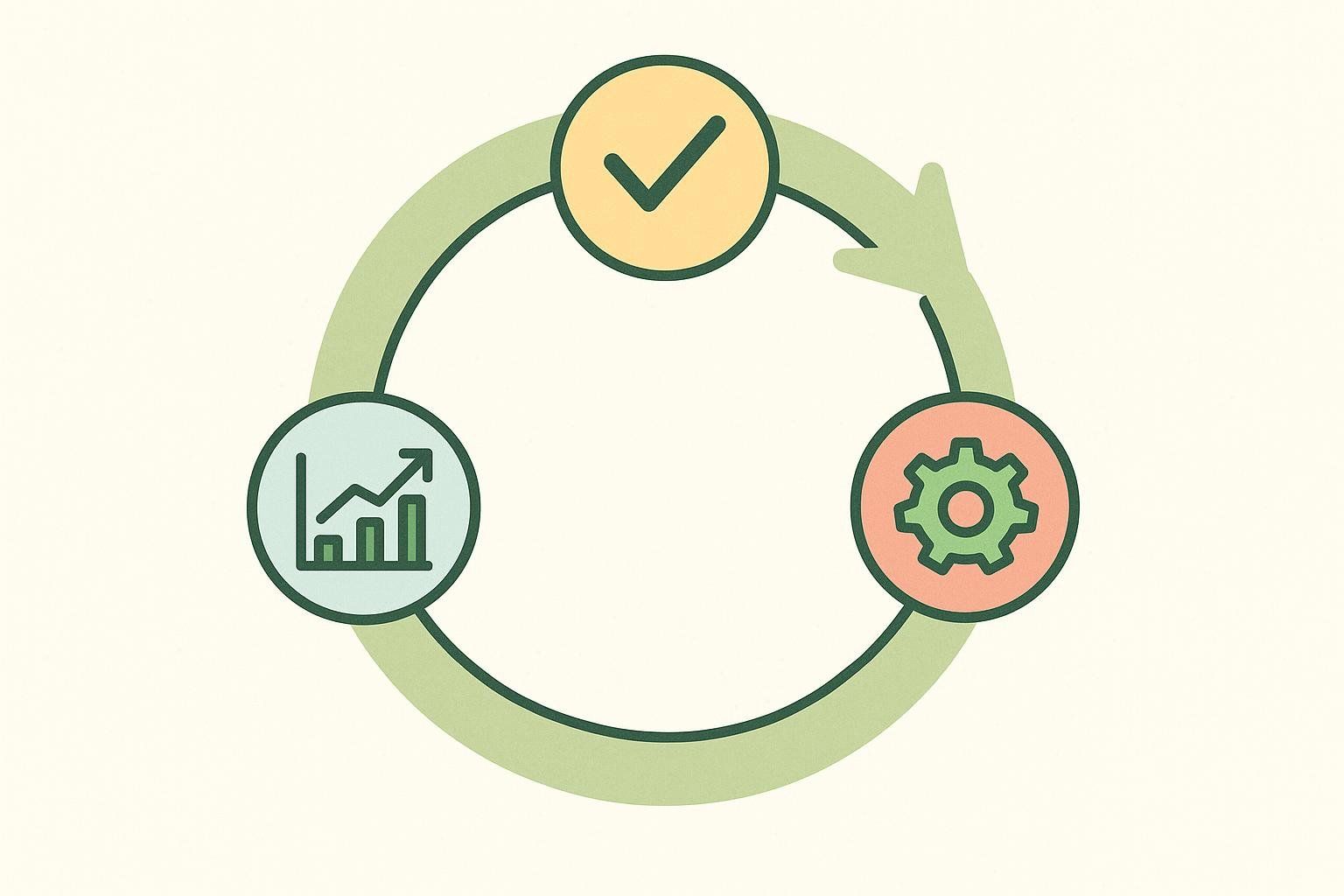
- BodySpec DEXA scan every 8–12 weeks
- Re-test strength and conditioning benchmarks
- Review nutrition logs weekly
- Monitor weekly average scale weight, aiming for ~0.5–1 lb of loss per week. Adjust daily calories by roughly ±150 kcal if your rate of change is consistently off-target. Your next DEXA scan will confirm whether the weight you’re losing (or gaining) is primarily fat or muscle.
If a scan indicates you’re losing muscle, revisit your nutrition plan—perhaps by adjusting protein intake or incorporating planned refeed days—ideally with input from a registered dietitian or qualified health professional.
6. Common Mistakes (And How to Dodge Them)
| Mistake | Why it backfires | Fix |
|---|---|---|
| Only doing cardio | Burns calories but sacrifices muscle | Pair cardio with resistance training |
| Severe calorie cuts | Muscle catabolism, hormonal crashes | Stick to 300–500-calorie deficit |
| Random workouts | No progressive overload | Follow a periodized plan |
| Skipping rest | Leads to plateaus & injury | Schedule at least 1 full rest day/week |
7. FAQ: Rapid-Fire Answers
Q: Can I be lean and strong without a gym?
A: Yes—use resistance bands, weighted backpacks, and body-weight circuits. But heavy free weights remain the most efficient path.
Q: How long until I see results?
A: Results vary based on individual factors like starting point, consistency, and genetics. However, many people begin to notice visual changes in 4–6 weeks, and DEXA scans can often confirm body composition shifts within 8–12 weeks of consistent effort.
Q: Do I need supplements?
A: Prioritize whole foods first. Some individuals may find supplements like whey protein, creatine, and vitamin D helpful for muscle and strength goals, based on current research. Needs vary—consult a qualified health professional before adding new supplements.
Action Plan: Start This Week
- Book your baseline BodySpec DEXA scan.
- Calculate calories and macros.
- Block 3–4 weekly 45-minute training windows in your calendar.
- Commit to 7 hours of sleep tonight.
- Re-scan in 10 weeks and marvel at the difference.
Staying lean and strong isn’t magic—just consistent, science-backed habits. Ready to put data behind your grind? Book a BodySpec DEXA scan at the location most convenient for you and kick off your transformation.

